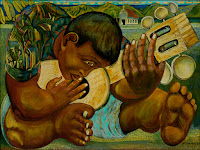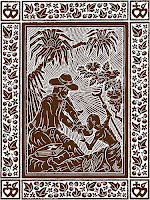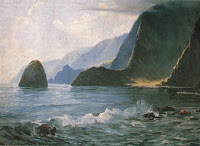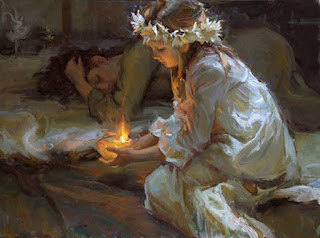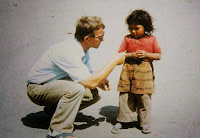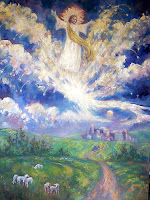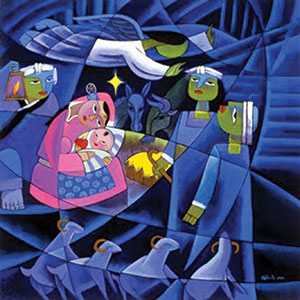 |
| Avi Kiriaty |
My big birding trip for the year was the Big Island of HAWAII. I lived for two years in
Native Hawaiian birds are few - and dwindling. The best birding is on the Big Island
Birders come from all over the world hoping to see three Hawaiian birds, in particular: the akiapolaau, a woodpecker wannabe with a war club-like head; the nukupuu, an elusive little yellow bird with a curved beak, one of the crown jewels of Hawaiian birding; and the alala, a critically endangered Hawaiian crow that's now almost impossible to see in the wild.
The state of Hawaii Hawaii
 |
| 'I'iwi |
Many birds once filled the formerly thick forests of the Hawaiian Islands before logging, cattle ranching and feral animals introduced in the last two centuries - such as European boars, sheep and goats - razed and uprooted most of the birds' habitat.
The red and black 'i'iwi was once the most common of the endemic birds in Hawaii, but this vivid honeycreeper has disappeared from most of its former range. Their long, downward-curving bills are specialized for sipping nectar from tubular flowers, but they also feed on insects, spiders and moths.
The red and black 'i'iwi was once the most common of the endemic birds in Hawaii, but this vivid honeycreeper has disappeared from most of its former range. Their long, downward-curving bills are specialized for sipping nectar from tubular flowers, but they also feed on insects, spiders and moths.
To find native birds you need to find native habitats. Hawaiian forest birding is "jungle" birding so at times it's challenging to find or see birds. They're often in the canopy or thick understory and flit around and hide. Lighting can be terrible on overcast days- a problem we have in our own islands.
The main forest habitats are intact 'ohi'a-koa-tree fern rainforests at middle and higher elevations on Mauna Loa and Mauna Kea and the mamane-naio dry forest on the southwestern slopes of Mauna Kea. A kipuka is a remnant island of vegetated land surrounded by a more recent lava flow where primary forest often remains undisturbed. Other habitats include beaches, sea cliffs, grasslands, urban settings, golf courses, ponds, and roadside overlooks.
Lower elevation habitats consist mainly of introduced vegetation containing mostly foreign finches, sparrows, doves, gamebirds and others. Many of these birds are concentrated on the leeward side, where they were introduced as late as the 1960's. There is also an elevational line around the island at about 4,000 feet corresponding to the mosquito belt and also to the range of early human habitation, below which native forest birds are mostly gone. An exception is the Hawaii
The Pueo (diurnal owl) likes to sit on fence posts or the rocky outcrops of old cinder cones now domed and covered with tall grass. I was lucky to see them often.
The Pueo (diurnal owl) likes to sit on fence posts or the rocky outcrops of old cinder cones now domed and covered with tall grass. I was lucky to see them often.




